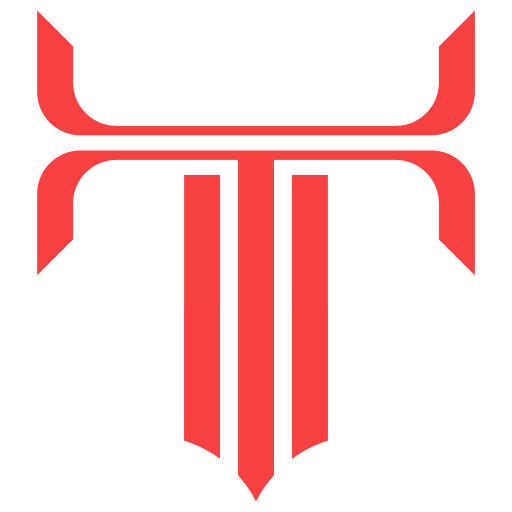
The Difference Between Bodybuilding and Powerlifting
Share
When it comes to strength sports, two disciplines often dominate the conversation: bodybuilding and powerlifting. While both involve lifting weights and building muscle, they differ significantly in their goals, training methods, and competition formats. This blog explores these differences to help you understand which path might be right for you.
#### Goals and Objectives
**Bodybuilding**: The primary goal of bodybuilding is aesthetic. Bodybuilders aim to develop a symmetrical, well-proportioned physique with a high level of muscle definition and low body fat. Competitions involve posing routines where athletes are judged on muscle size, symmetry, and overall appearance.
**Powerlifting**: Powerlifting, on the other hand, focuses on maximal strength. The goal is to lift as much weight as possible in three specific lifts: the squat, bench press, and deadlift. Powerlifters are judged solely on the amount of weight they can lift, and not on their physique.
#### Training Methods
**Bodybuilding Training**:
- **Volume and Hypertrophy**: Bodybuilders typically perform higher volumes of training with moderate to high repetitions (8-15 reps per set) to induce muscle hypertrophy.
- **Isolation Exercises**: Workouts often include a mix of compound movements (like squats and bench presses) and isolation exercises (like bicep curls and leg extensions) to target specific muscle groups.
- **Varied Techniques**: Techniques such as supersets, drop sets, and time under tension are commonly used to maximize muscle growth and definition.
**Powerlifting Training**:
- **Strength and Intensity**: Powerlifters focus on lower repetitions (1-5 reps per set) with heavier weights to build maximal strength.
- **Compound Movements**: Training centers around the three main lifts, with additional accessory work to strengthen the muscles involved in these lifts.
- **Periodization**: Programs often involve periodization, where training intensity and volume are systematically varied to optimize strength gains and prevent overtraining.
#### Nutrition
**Bodybuilding Nutrition**:
- **Macronutrient Ratios**: Diets are carefully planned with specific macronutrient ratios to support muscle growth and fat loss. Protein intake is typically high to aid muscle repair and growth.
- **Caloric Surplus and Deficit**: Bodybuilders cycle between bulking phases (caloric surplus to gain muscle) and cutting phases (caloric deficit to lose fat) to achieve their desired physique.
**Powerlifting Nutrition**:
- **Performance Focused**: Nutrition is geared towards maximizing performance and recovery. Adequate protein is important, but so are carbohydrates to fuel intense training sessions.
- **Weight Classes**: Since powerlifting competitions have weight classes, some athletes manipulate their diet to either gain weight for more strength or cut weight to compete in a lower class.
#### Competition
**Bodybuilding Competitions**:
- **Posing and Presentation**: Competitors perform posing routines to showcase their physique. They are judged on muscle size, symmetry, and overall aesthetics.
- **Categories**: There are various categories based on gender, age, and experience level, as well as divisions such as classic physique, figure, and bikini.
**Powerlifting Competitions**:
- **Three Lifts**: Competitors have three attempts at each of the three lifts (squat, bench press, and deadlift). The highest successful attempt in each lift is added together to form a total score.
- **Weight Classes**: Athletes compete in weight classes to ensure fairness. Competitions are judged strictly on the amount of weight lifted, not on physical appearance.
#### Culture and Community
**Bodybuilding**: The bodybuilding community often emphasizes individual achievement, aesthetics, and self-discipline. There's a strong focus on diet, training, and supplementation.
**Powerlifting**: The powerlifting community is known for its supportive and inclusive atmosphere. Lifters often help each other out with technique, motivation, and encouragement, regardless of competition.
### Conclusion
Both bodybuilding and powerlifting offer unique benefits and cater to different fitness goals. If you are driven by aesthetics and enjoy sculpting your body, bodybuilding might be the right path for you. On the other hand, if you are passionate about lifting heavy and testing your strength, powerlifting could be your sport. Understanding these differences can help you make an informed decision and align your training with your personal fitness goals.
